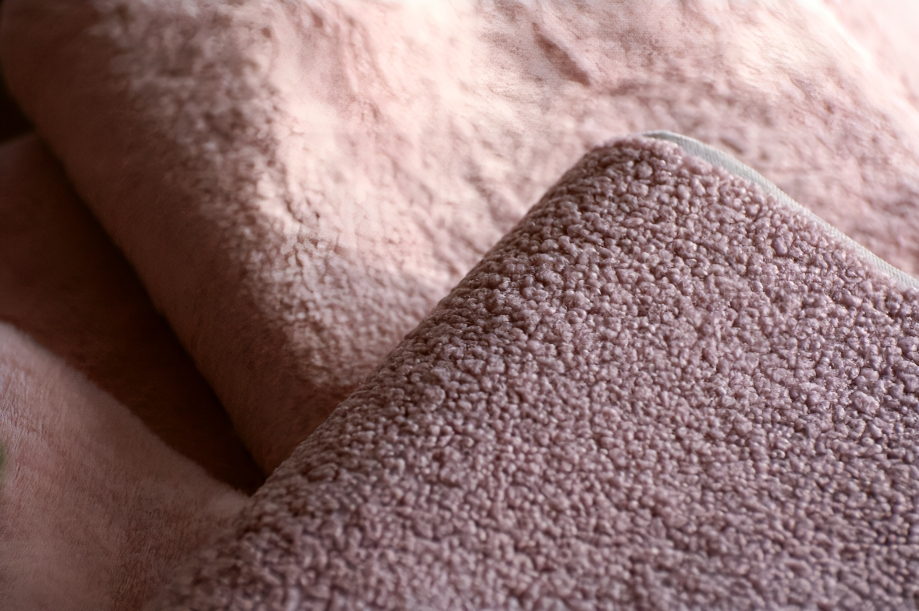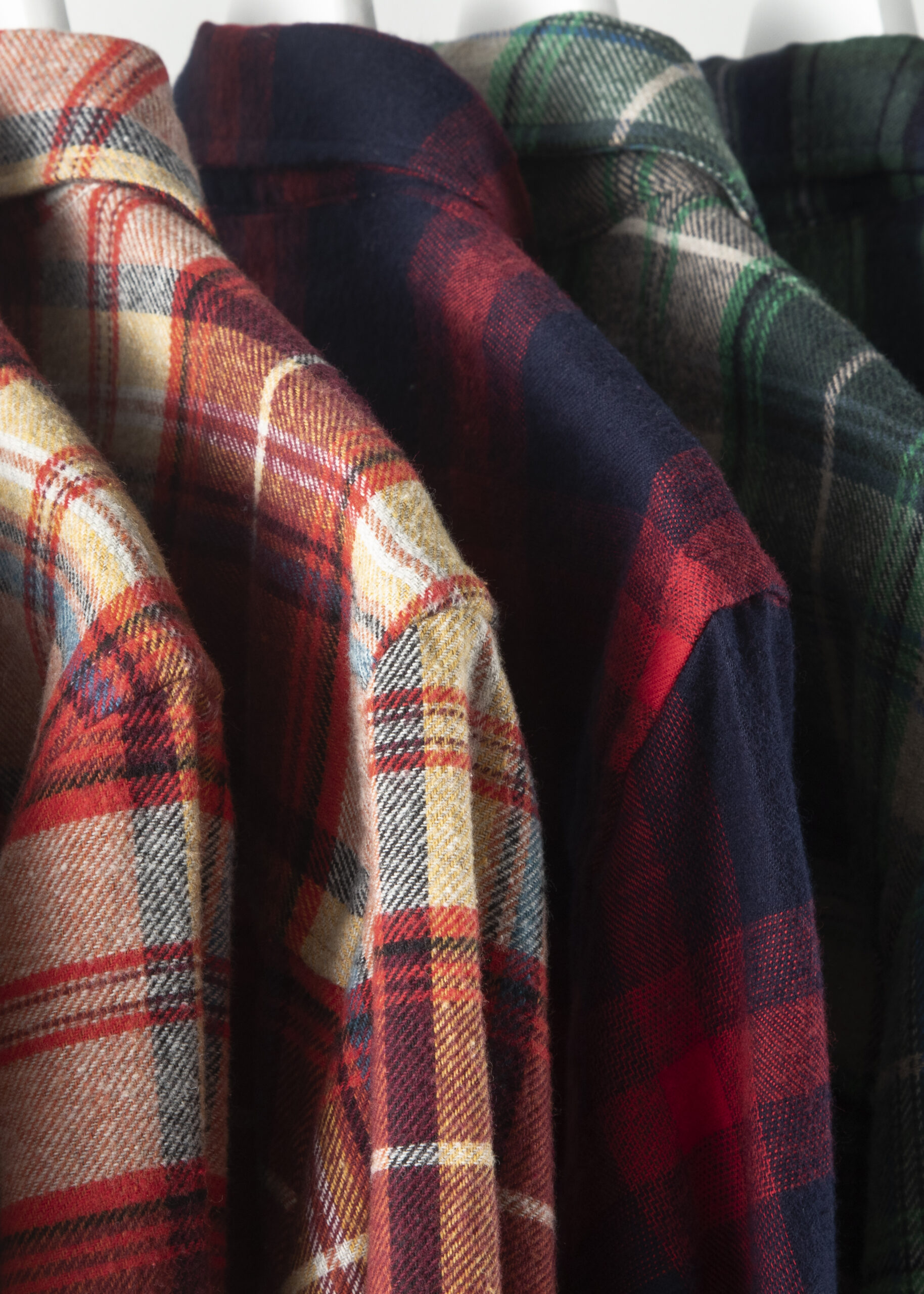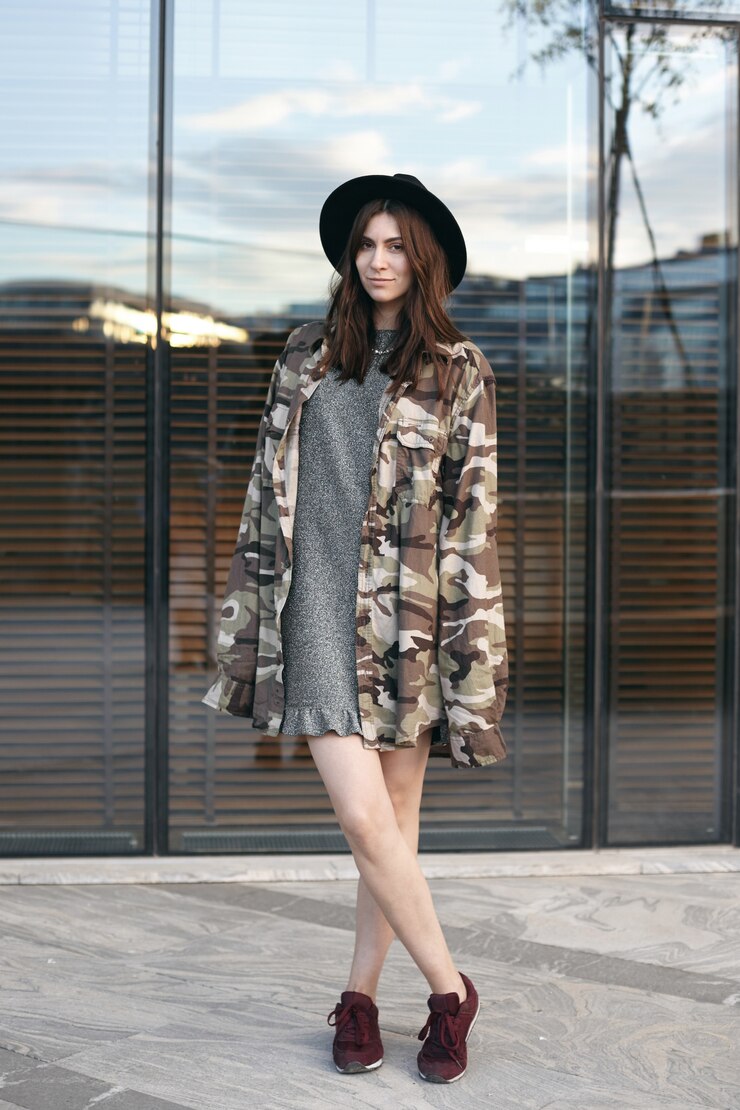Introduction
Tactile textiles represent a revolutionary approach to fabric design, emphasizing the sense of touch as a primary factor in creating and selecting materials. This focus on texture and feel has transformed various industries, from fashion to interior design, and continues to influence the way we interact with fabrics daily. The significance of tactile textiles lies in their ability to blend aesthetics with functionality, offering both visual and sensory appeal. As we explore the world of tactile textiles, we will delve into their history, applications, and future prospects, highlighting their impact on modern design and lifestyle.
Historical Context
The history of fabric manufacture, where the pursuit of comfort and beauty has always been essential, is fundamental to the growth of tactile textiles. Various natural fibers, including wool, cotton, and silk, were used to create textiles in the past, each of which provided a unique tactile sensation. The techniques for modifying these fibers to improve their texture and durability progressed along with technology.
The Science Behind Tactile Textiles
Numerous elements, such as the materials utilized, the fiber structure, and the production techniques, influence the tactile properties of textiles. Synthetic fibers may be designed to replicate or even improve the natural warmth and softness of natural fibers, like cotton and wool.
Technological developments in the textile industry have made it possible to create intricate knits and weaves that improve the tactile sensation. Thanks to technologies like digital printing and laser cutting, designers can precisely manipulate textures to produce materials with distinctive sensory properties. With a dedication to innovation and a greater knowledge of materials, the science of tactile textiles is still developing.
Key Principles of Tactile Design
Designing tactile textiles involves balancing aesthetics with functionality to create fabrics that not only look appealing but also feel inviting. Key elements of tactile appeal include:
- Texture: The surface quality of the fabric, influenced by its structure and material composition.
- Drape: How the fabric falls and conforms to shapes, affecting its comfort and appearance.
- Weight: The heaviness of the fabric, impacting its warmth and durability.
Types and Categories of Tactile Textiles
Fashion designers use tactile materials to make comfortable and fashionable clothing, and advances in smart textile technology have made it possible to include interactive elements like moisture and temperature control. Soft upholstery and plush carpets are only two examples of tactile fabrics used in interior design to create livable environments that beckon the touch. Automotive and aerospace textiles are examples of industrial uses where performance and durability are critical.
Applications in Fashion
Tactile fabrics are essential in determining customer preferences and trends in the fashion business. A greater emphasis on comfort and utility has resulted from the incorporation of texture into clothing design. Designers are experimenting with novel materials and processes to produce clothing that appeals to the senses. Successfully incorporating tactile components into their designs, companies like Nike and Under Armour have produced stylish and functional goods.
Applications in Interior Design
With a variety of textures that give rooms depth and personality, tactile textiles improve both the utilitarian and aesthetic aspects of interior environments. Textural fabrics, such as smooth, minimalist curtains or soft, cuddly carpets, may completely change a room and evoke a feeling of coziness and warmth. Interior designers are increasingly gravitating toward eco-friendly materials that have the least negative effects on the environment without sacrificing tactile appeal.
Industrial Applications
In the automotive and aerospace industries, textiles must withstand extreme conditions while providing comfort and durability. Innovations in high-performance fibers and coatings have enabled the development of textiles that offer protection and resilience in demanding environments.
Healthcare and medical textiles also benefit from tactile innovations, with materials designed for comfort and hygiene. From surgical gowns to patient bedding, tactile textiles play a crucial role in enhancing patient care and well-being.
Challenges and Solutions
There are difficulties in the creation of tactile fabrics. Since textiles need to be able to endure abrasions and stains while retaining their tactile properties, longevity and upkeep are important considerations. The cost and sustainability of tactile fabrics are rising as a result of initiatives to simplify manufacturing procedures and save waste.
Latest Innovations in Tactile Textiles
Recent advancements in smart textiles and embedded technology have opened new possibilities for tactile design. Fabrics with integrated sensors and conductive fibers offer interactive features, from temperature regulation to biometric monitoring. These innovations are transforming industries like healthcare, sports, and fashion, providing new ways to enhance user experience and functionality. Sustainability is also a driving force behind recent innovations, with designers exploring biodegradable materials and eco-friendly production methods.
The Future of Tactile Textiles
The future of tactile textiles is bright, with continued growth and innovation on the horizon. As consumer preferences evolve, there is a growing demand for materials that offer both tactile appeal and environmental sustainability.
Comparative Analysis
When comparing tactile textiles to traditional textiles, several advantages and limitations emerge. Tactile textiles offer enhanced sensory experiences and functionality, often incorporating innovative materials and technologies. However, they may also present challenges in terms of cost and durability, requiring careful consideration in their selection and use.
Conclusion
Tactile fabrics provide a unique blend of beauty and functionality that appeals to both consumers and designers. The industry is dynamic and ever-evolving. Their enduring popularity stems from their ability to please the senses and enhance the user experience by providing comfort, style, and performance in a range of applications.











